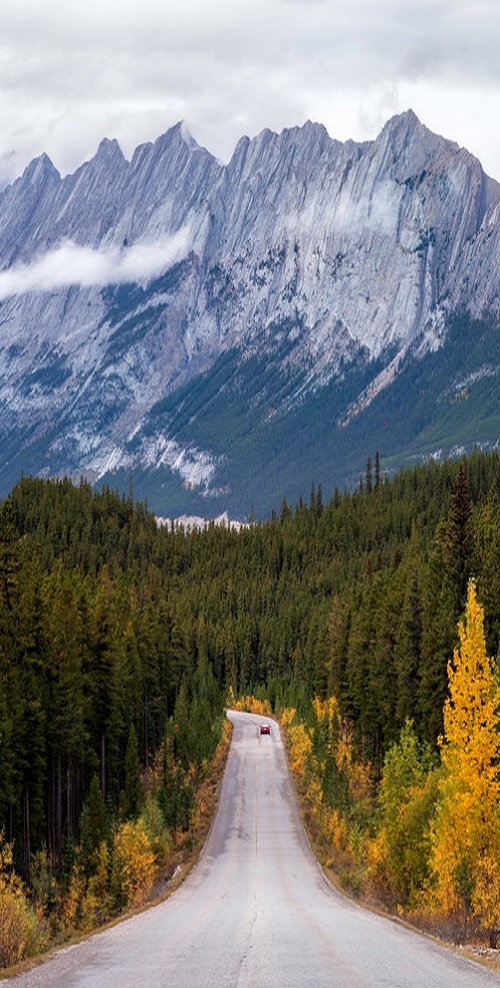
Forests contribute 75% of the global primary productivity of the earth's biomass and contain 80% of the portion of the earth's plants. Forest ecosystems are found in all areas that can sustain tree growth, at altitudes up to the tree line, except where the natural frequency of fire or other disturbance is too high, or where the environment has altered human activities.
Latitude 10 to the north and south of the equator is covered mostly by tropical rain forests, and latitudes between 53, N and 67, N have Boreal forests. As a general rule, forests dominated by angiosperms (broadleaf forests) are richer in species than those dominated by gymnosperms (coniferous forests, mountains or needles), although there are exceptions.
Forests consist of many factors which can be raised for two categories which are organic (living) and abiotic (non-living) factors. Living things include trees, statues, vines, plants and other herbivorous plants (non-woody), mosses, algae, fungi, insects, mammals, birds, reptiles, amphibians and microorganisms that live on plants and animals and in the soil.
Forest locations sometimes contain many types of trees in small areas (such as tropical rain and moderate leaf forest), or relatively few species in large areas (for example, arid mountains, and dry forests). Forest fires are often home to many animal and plant species, and biomass per unit is high compared to other vegetation communities. Most of this biomass occurs underground in the root system and as a partially removed debris plant. The woody component of the forest contains lignin, which is relatively slow to decay compared to other organic substances such as cellulose or carbohydrates.
The ridge or Mountain Ridge is a geographical property consisting of mountain chains or hills that form a continuous Crest elevation at any distance. The ridged side of the ridge is narrow on each side. The line along the Crest is formed by the highest point, with land falling on both sides, called mountains. Mountains are usually called down or mountains too, depending on size.
No comments:
Post a Comment